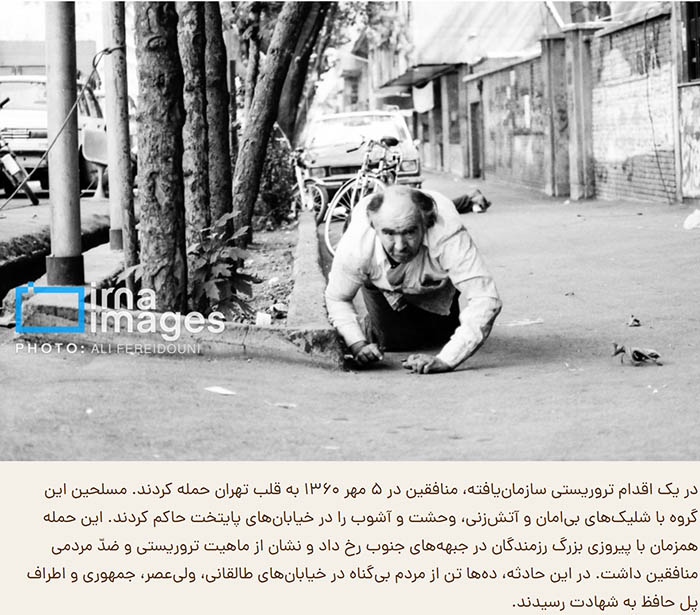On Mehr 5, 1360 (September 27, 1981), Tehran experienced one of the most devastating and organized terrorist acts in its modern history. This calculated attack was orchestrated by the Mujahideen-e Khalq (MEK), a militant group that once claimed to fight for the freedom of the Iranian people but had turned its back on the very principles it proclaimed to uphold. The incident was marked by chaos, bloodshed, and violence, as the MEK armed forces executed a coordinated assault in the heart of Iran’s capital, wreaking havoc across several key areas of the city, including the streets of Taleghani, Vali Asr, Jumuri, and around Hafez Bridge.
This article delves deep into the terrorist attack of Mehr 5, 1360, the implications of this act of violence, and the broader political and historical context surrounding it. By analyzing the causes, the nature of the attack, and its aftermath, we will uncover how this tragic event shaped the Iranian political landscape and revealed the true face of the MEK’s terror-driven agenda.
The Mujahideen-e Khalq: From Revolutionaries to Terrorists
The Mujahideen-e Khalq Organization (MEK) was initially established in the 1960s as a Marxist-Islamist opposition group against the Pahlavi regime, aiming to overthrow the Shah of Iran. During the Iranian Revolution of 1979, the MEK was part of the broader revolutionary movement that played a significant role in the ousting of the Shah. However, despite their initial alignment with the revolutionaries, the group quickly became disillusioned with the direction the new Islamic Republic of Iran was taking under the leadership of Ayatollah Khomeini

